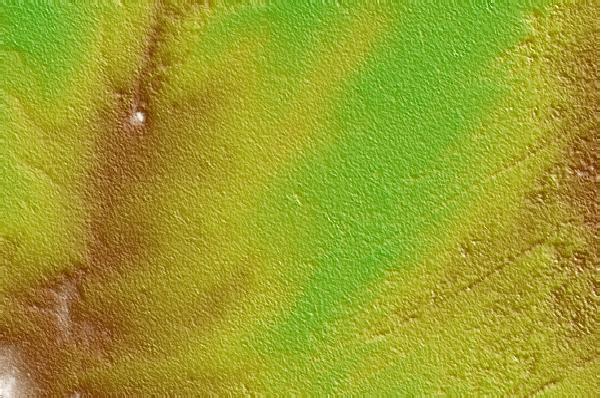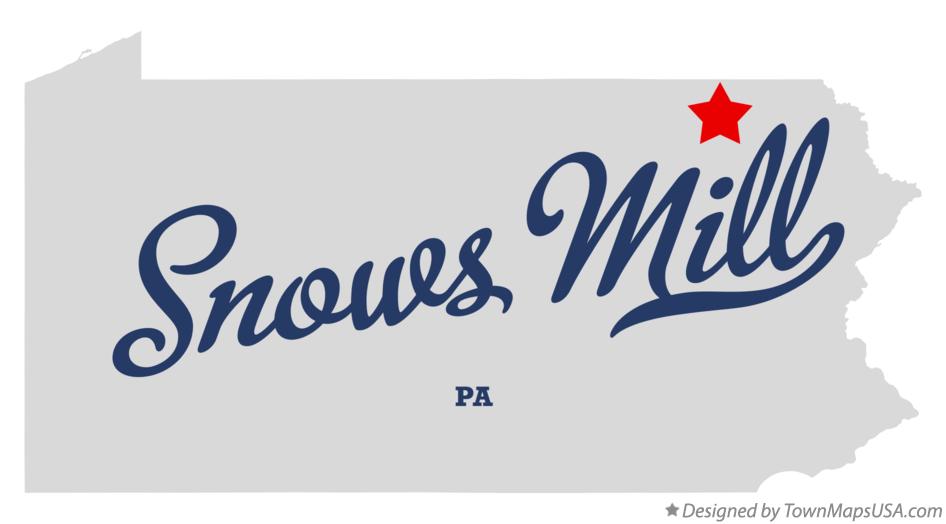
Generally, observations need to be more accurate and less biased than model predictions and must be quality controlled with respect to the capability of the model to reproduce the observation (e.g. There is a commensurate wide variation in the observation requirements of models. Long-range (seasonal) predictions may be generated once or twice a month, whereas nowcast predictions may be initiated every hour or less Table 7.1. The frequency of model predictions also varies with forecast length. As far as possible, models should be seamless across different space/time domains, but computational constraints still require them to use different resolutions for different domain sizes, which may imply using different parameterizations, data assimilation, ensemble perturbations or post-processing. In the table, current typical model grid lengths are quoted, but it should be remembered that models can only resolve atmospheric features of several times (typically five to ten times) the grid spacing (Lewis and Toth 2011). Spatial scale is related to temporal scale, so small-scale features such as convective thunderstorms are only explicitly resolved with fine temporal- and spatial-scale models. Table 7.1 describes some of their characteristics, categorized by temporal scale. Different sources of forecast information are used to generate products at these different scales. High-impact weather involves multiscale processes, so both observations and predictions should capture atmospheric variation from large scale (global) to small scale (e.g.

the Interactive Multi-Sensor Snow and Ice Mapping System, Matson and Wiesnet 1981).
#Kuchera snow method map software
Sophisticated interactive human-machine software is enabling forecasters to interact more with both observations and predictions and to create digital products based on human interpretation of observations or forecasts (e.g. Observations are not only critical inputs to the model prediction process but are also needed by the forecaster and for verification. 7.1), while recognizing that predictions are increasingly input directly into hazard models. For clarity, in this chapter, we make a distinction between predictions, produced by NWP models, nowcasting systems or statistical processing, and forecasts, generated by forecasters based on the interpretation of predictions (see Fig. Warnings are especially important in densely populated urban environments where hazards can lead to a cascade of impacts (Baklanov et al. infrastructure and construction codes) and expectations are particularly important. For warnings, the probability of extreme or unusual conditions relevant to local standards (e.g. New sources of data that have the potential to enhance observational coverage and density.ĭifferences of methodology that need to be overcome to build effective partnerships that deliver the observational data needed for prediction.Įxamples of working relationships that have successfully overcome these challenges.įorecast information is required for a variety of weather variables at different lead times and spatial-temporal resolutions.

The structure and components of a Numerical Weather Prediction (NWP) system with emphasis on assimilation of observations and ensemble prediction in state-of-the-art kilometre-scale NWP systems.Ĭurrent in situ and remote sensing networks and new capabilities that are under development. The role of the forecaster in extracting critical user-relevant information from model predictions.ĭata-driven prediction tools, including nowcasting and statistical post-processing. Figure 7.1 provides an overview of the scope of the chapter, in which we shall describe: This chapter addresses the challenge of forecasting hazardous weather, focusing on the collaborations needed to meet the requirements of prediction models and forecasters for observations of the current state of the atmosphere. Examples are presented of partnerships in space observing and in aviation, a demonstration system from Canada, and the use of testbeds and observatories as environments for progress. However, the latest high-resolution models require new approaches to obtaining observations that will require different collaborations. There has been a long history of close working between sensor and platform designers and meteorologists that has produced spectacular advances in forecast accuracy. Then, we explore the wide variety of sensors and platforms used to obtain this information. In this chapter, we first look at the methods used to predict the weather and the resulting demands for observations.

To be useful, they require knowledge of the current atmospheric state as a starting point.

Weather forecasts are the foundation of much of the information needed in the warnings we have been considering.


 0 kommentar(er)
0 kommentar(er)
